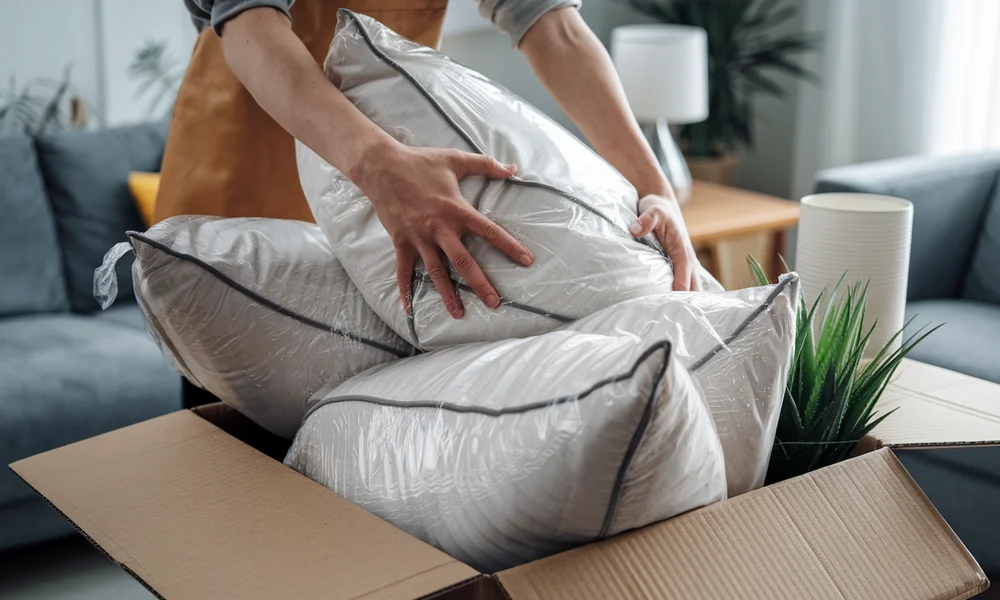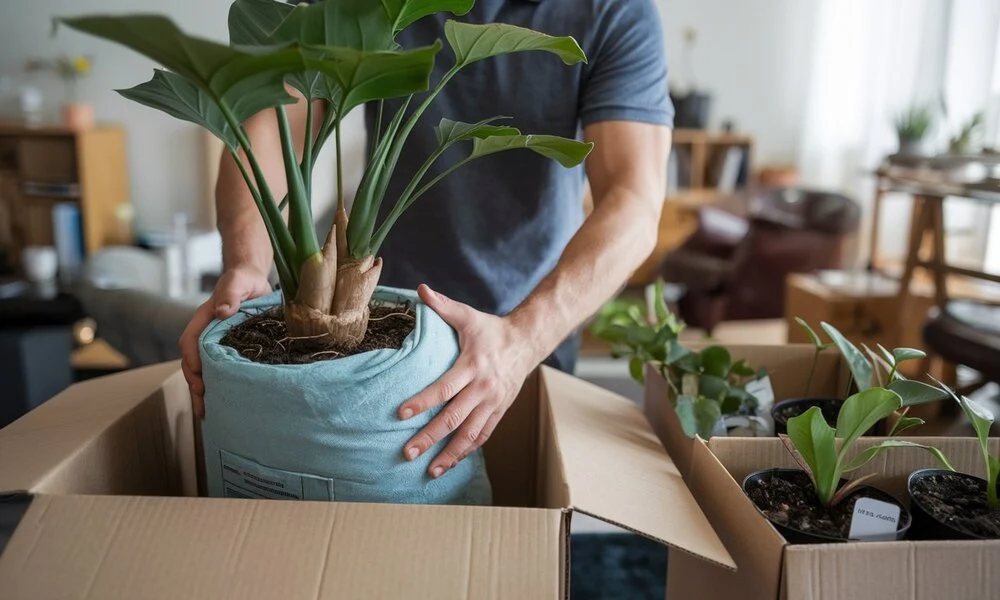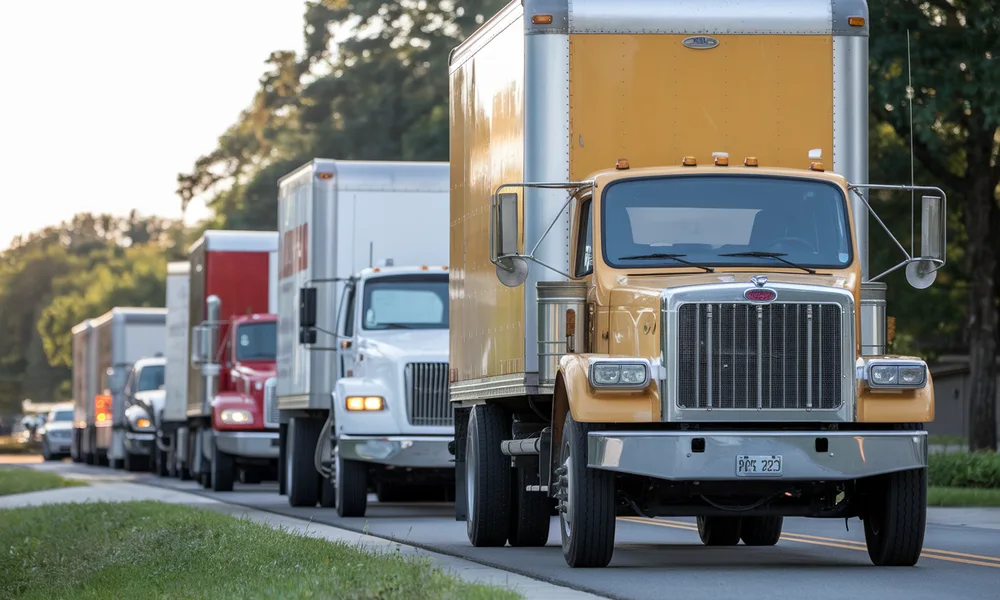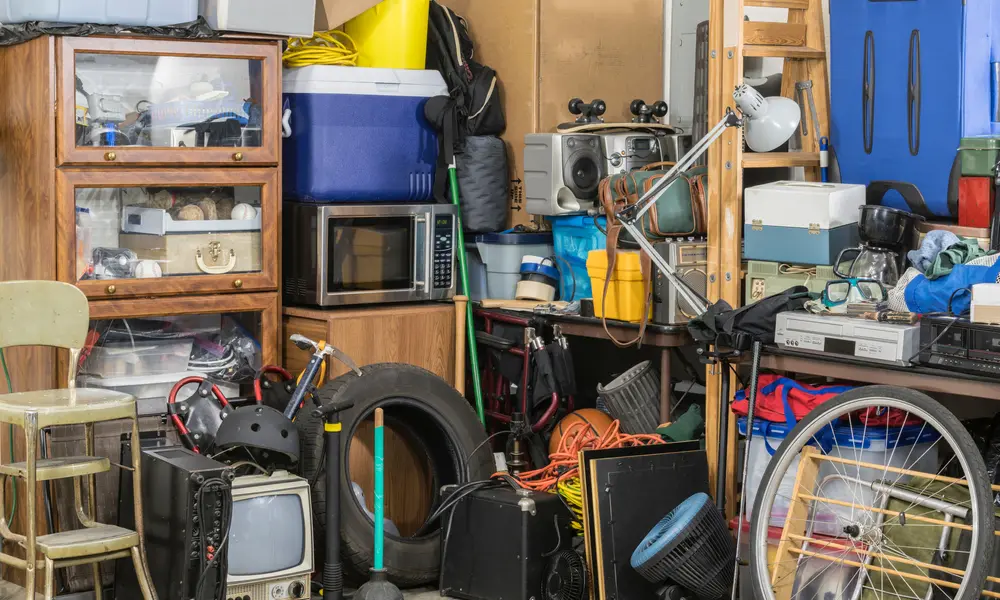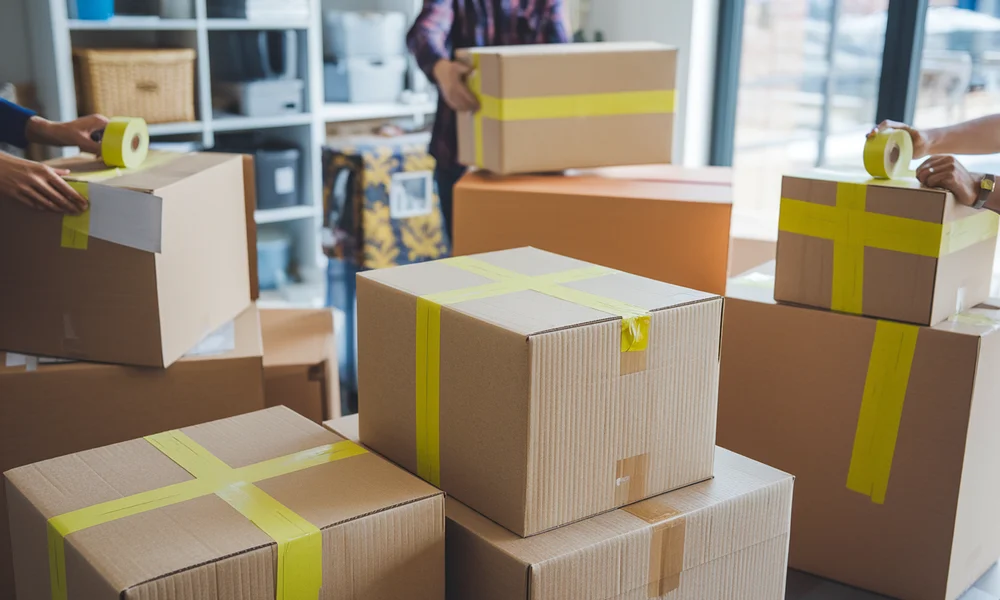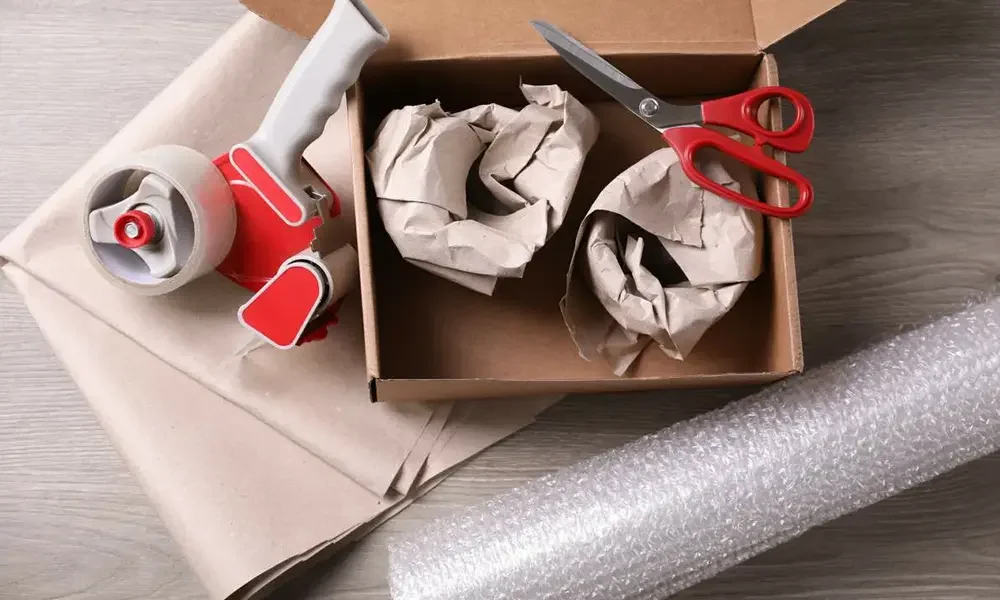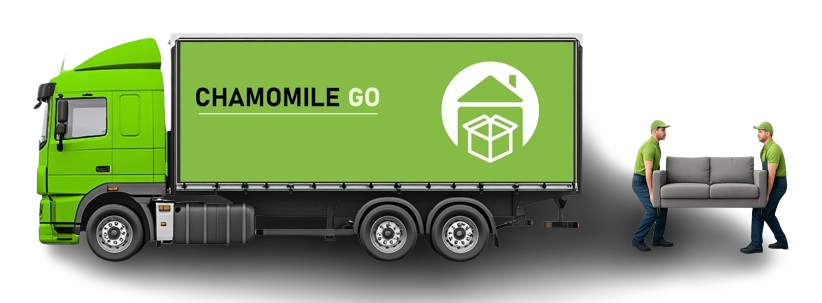How To Pack Pillows For Moving
How to pack pillows for moving is an important consideration that can often be overlooked during the hustle of relocation. Proper packing not only saves valuable space but also protects your pillows and bedding from dirt, moisture, and potential damage. Improper techniques can result in unnecessary bulk, stained fabrics, or even flattened and misshapen pillows by the time you arrive at your new home. In this article, we’ll cover efficient methods for packing pillows and bedding, including the best materials to use, space-saving strategies, and tips to keep everything clean and fresh throughout the move. Why It’s Important to Pack Pillows Correctly When it comes to moving, many people overlook the importance of proper pillow packing. However, taking the time to pack pillows the right way can make a big difference in keeping them fresh, clean, and undamaged throughout the move. Preventing Damage and ContaminationPillows may seem soft and harmless, but they can easily collect dust, dirt, and even pests if not packed properly. Using proper pillow packing for moving helps prevent exposure to dirt or damage from heavier items being placed on top of them. Clean plastic bags or vacuum-sealed storage bags can shield your pillows from moisture and contamination. Saving Space in Moving Boxes/TrucksIt can be astonishing how much space pillows can occupy. Smart pillow packing can help you save valuable space in boxes or the moving truck. Compressing pillows in vacuum-sealed bags reduces their size significantly, allowing you to fit more into each box while keeping things organized. Keeping Pillows Fresh and CleanNothing’s worse than unpacking musty or dusty pillows in your new home. Correct pillow packing for moving ensures your pillows stay fresh and clean, ready for immediate use. Always make sure your pillows are completely dry before packing, and consider adding dryer sheets or sachets for a fresh scent upon arrival. Best Way to Pack Pillows for Moving When it comes to packing pillows for a move, doing it the right way ensures they stay clean, protected, and ready to use when you unpack. Whether you’re moving across town or across the country, follow this simple guide to get the job done efficiently. Step-by-Step Instructions: Sort and Clean Pillows BeforehandBefore any pillow packing begins, sort through your collection. Decide which pillows to keep, donate, or toss. Wash and dry the ones you plan to bring this helps avoid transferring dirt, dust, or odors to your new space. Choose a Storage Method: Box, Plastic Bag, or Vacuum BagEach pillow storage bag option has its own advantages, depending on the type of pillows you’re packing and how much space you have: Cardboard Box: Great for keeping shape intact. Stack clean pillows loosely inside and seal with tape. Plastic Bag: A budget-friendly option that offers basic protection. Be sure to use clean, durable bags and tie or seal them shut. Vacuum Bag: Best for space-saving, especially during long-distance moves. These bags are perfect for confined locations because they drastically reduce the size of large cushions. Avoid Over-Compressing Down or Feather PillowsWhile vacuum bags are great for synthetic or foam pillows, be cautious with feather or down-filled ones. Over-compressing can damage the fill and reduce their fluffiness over time. When using a pillow storage bag, lightly press the air out without applying too much pressure. Label for Easy UnpackingClearly label each container or pillow storage bag with its contents and the room it belongs to (e.g., “Guest Room – Pillows”). This will make unpacking faster and more organized at your new home. If you want moving services in Los Angeles contact no other than Chamomile Go. Pros and Cons of Each Pillow Packing Method: Method Pros Cons Box Maintains pillow shape, easy to stack Takes up more space in truck or storage Plastic Bag Affordable, provides basic protection Limited compression, risk of tearing Vacuum Bag Major space-saver, protects against moisture Can damage delicate fills, not ideal for all pillows How to Pack Pillows for Moving Using Plastic or Vacuum Bags When you’re packing pillows for a move, using the right type of bag can save space and keep your pillows clean. Vacuum and plastic bags are two of the most popular choices. Here’s how to use each one properly. Benefits of Vacuum Bags for Pillow Packing Vacuum bags are a great choice for pillow packing during a move. Here’s why: Space-saving – They squeeze the air out, making your pillows much smaller and easier to pack. Moisture protection – Vacuum bags help keep your pillows dry and safe from spills or damp air. How to Use Vacuum Bags Properly Not all pillows are the same, so it’s important to know how to use vacuum bags the right way. Good Pillow Types for Vacuum Bags: Synthetic fiber pillows Polyester or foam pillows Tips to Avoid Damage to Delicate Pillows: Don’t put down, feather, or memory foam pillows in vacuum bags. If you must pack them this way, don’t remove all the air—leave a little room so they’re not squished flat. Try not to store them compressed for too long. Fluff them up as soon as you unpack. Plastic Bags as an Alternative for Pillow Packing If you don’t have vacuum bags, large plastic bags can work too for packing pillows. Tips for Using Plastic Bags: Use clean, thick plastic bags so they don’t rip during the move. Add small air holes if the pillows will be packed for a long time. This helps prevent moisture build-up. Tie or tape the bags securely, but don’t compress the pillows too much. How to Pack Comforters for Moving Comforters are big and fluffy, which makes them tricky to pack. But with the right steps, you can keep them clean, protected, and easy to move. Here’s how to do it: Step 1: Prep Your Comforters Before you pack anything, it’s important to prep your comforters the right way. Clean Them First: Wash and fully dry your comforters before packing. This keeps them fresh and helps avoid mold or smells later. Fold Neatly: Fold
